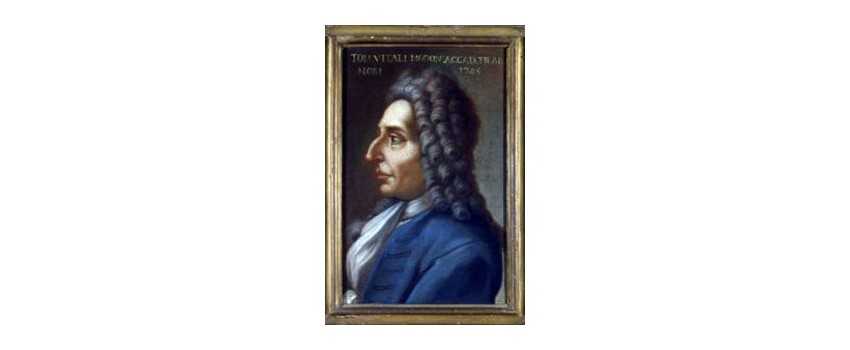Vitali, Chaccone In G Minor For Violin (Peters)
Vitali, Ciaccona in g minor for Violin (Peters)...
Tomaso Antonio Vitali, born on March 7, 1663, in Bologna, Italy, was a renowned violinist and composer who made significant contributions during the mid-to-late Baroque period. Although he is primarily known for his eldest son Giovanni Battista Vitali's famous Chaconne in G minor, Tomaso Antonio Vitali's compositions showcase his virtuosity and mastery of the violin.
Early Life and Musical Background
Tomaso Antonio Vitali was born into a musical family with his father, Giovanni Battista Vitali, a well-known composer and musician. Growing up in Bologna, the young Vitali was surrounded by music and developed a passion for the violin at an early age. Under the guidance of his father, he honed his skills and soon began his journey as a professional musician.
Career and Influences
From 1675 to 1742, Vitali served as a member of the Este royal orchestra, where he had the opportunity to collaborate with esteemed musicians and composers of the time. During his tenure, he studied composition under the guidance of Antonio Maria Pacchioni, further expanding his musical knowledge and expertise.
Vitali's talent as a violinist attracted the attention of many aspiring musicians, and he took on several students throughout his career. Evaristo Felice dall'Abaco, Jean Baptiste Senaillé, Girolamo Nicol Laurenti, and Luca Antonio Predieri were among his notable pupils who later succeeded in the world of music.
Vitali's Authentic Compositions
Tomaso Antonio Vitali's compositions encompass various genres, including trio sonatas, chamber sonatas, and violin sonatas. His opus numbers 1 and 2, published in 1693, feature a set of captivating trio sonatas highlighting his melodic inventiveness and technical prowess.
Controversies and Speculations
Despite his significant contributions to Baroque music, some controversies surround Vitali's works. One notable example is the Chaconne in G minor, traditionally attributed to him but composed by his son Giovanni Battista Vitali. The wide-ranging modulations into distant keys in this piece have raised questions about its authenticity as a Baroque composition.
Furthermore, the lack of similarity between this famous Chaconne and Vitali's other works has led some scholars to doubt the attribution. While the Chaconne remains an essential part of the violin repertoire, its true origins continue to be a subject of debate among musicologists.
Legacy and Influence
Although less widely recognised than some of his contemporaries, Tomaso Antonio Vitali's compositions left a lasting impact on the world of Baroque music. His technical innovations and expressive melodies influenced subsequent generations of violinists and composers, shaping the development of violin repertoire.
Today, musicians and music enthusiasts continue to explore and perform Vitali's compositions, keeping his legacy alive. Recordings of his opus one and two trio sonatas and his violin sonatas provide a glimpse into the brilliance of his musical mind.
Conclusion
Tomaso Antonio Vitali, a prominent figure of the Baroque period, made significant contributions to the world of music as a violinist and composer. His compositions, ranging from trio sonatas to chamber and violin sonatas, showcase his technical brilliance and expressive musicality. Despite controversies surrounding some of his works, Vitali's legacy lives on through his compositions and influence on subsequent generations of musicians.

Vitali, Ciaccona in g minor for Violin (Peters)...